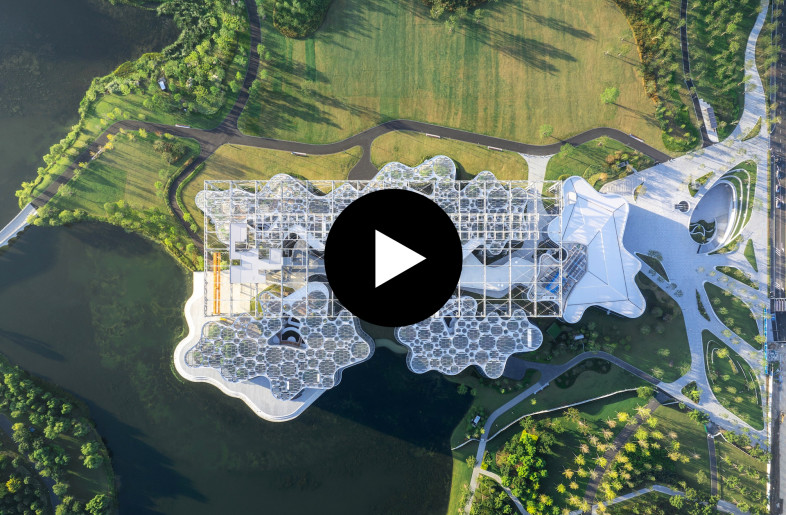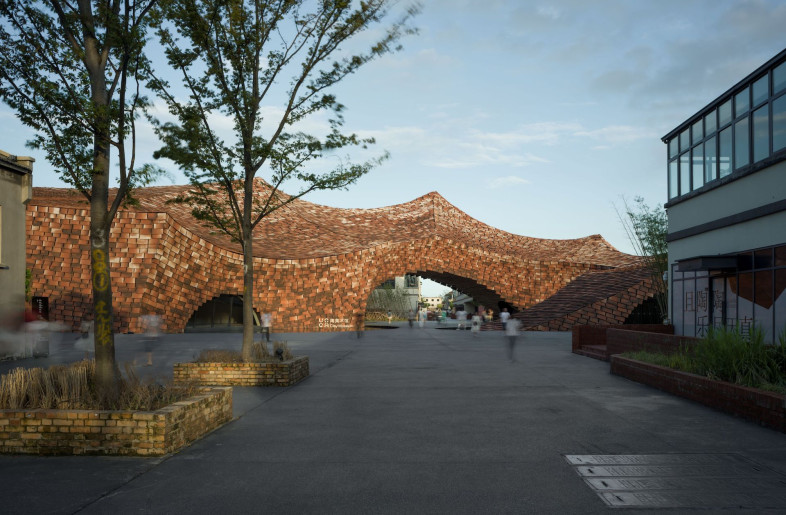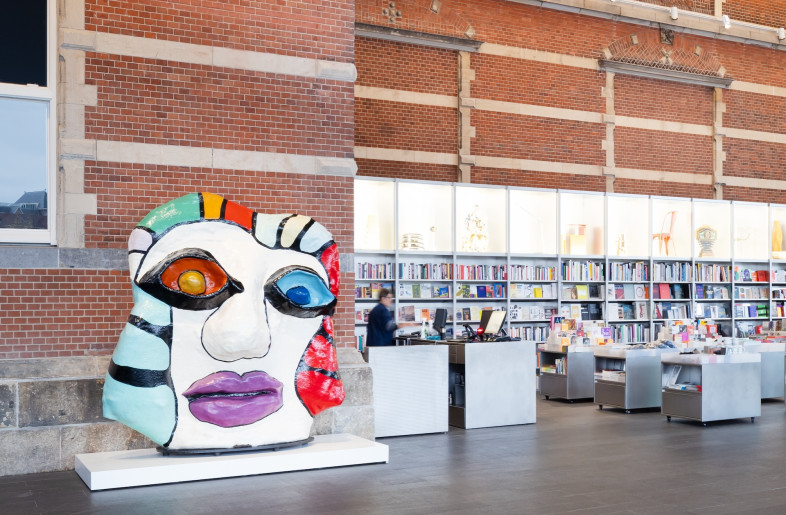Elephant's 20th issue sees the contemporary art culture title metamorphose both editorially and in terms of design, with new features played out in new ways. Mallorca-based design studio Atlas, led by Astrid Stavro and Pablo Martin, have worked tirelessly to craft a new visual language for Elephant over the course of the issue's development. Astrid talks to us about the journey to the redesign, making print responsive, and playing games in the studio.
The design studio came into being through the merging of Astrid Stavro Studio and Grafica. What do you both bring to the table?
In a nutshell: together we sum more than 40 years of experience and are the most awarded design studio in Spain. We both specialise in book and editorial design. Of course, we design all sorts of other things (identities, exhibitions, websites, event graphics, printed matter, posters and a long etc.) — but editorial and book design is our biggest passion, and what we are best known for. The fact that both Pablo and I had established careers allowed us to move from Barcelona to Mallorca — in fact, we chose the name Atlas as a way to reflect the fact that we work from a small island in the middle of the Mediterranean Sea for local, national and international clients across the globe.
Can you explain the decision to keep the studio relatively small?
We have chosen to keep the studio relatively small and are currently a team of ten designers supported by our studio manager. Each of our clients works directly with one of the partners. This allows us to overview every project personally with passion and personal commitment, offering hands-on solutions for a select range of clients.
The fact that clients work directly with either Pablo, myself or Rafa Roses (our associate), allows us to work like a small studio but within a larger context. We are very hands-on and like to work side by side with our clients. This allows us – and them – to really engage with the work. In this sense we work like design artisans but are able to take on bigger projects for bigger clients. We don’t want to become a design factory – ten is a good number. More than that would make the studio less manageable with the inevitable loss of quality control, attention to detail, craft and freedom which we are keen on preserving. As Tibor Kalman said, “The only difficult thing when running a design studio is not to grow. The rest is easy.”
What appealed to you about working with Elephant?
Marc Valli and I have known each other ever since I first lived in London – this was ages ago! (It makes me feel old now). Magma [co-owned by Editor-in-Chief Marc Valli] was one of the first stores that sold The Art of the Grid notepads. When I left London we kept in touch via email and I eventually became a contributing editor of Elephant, writing mostly about design-related topics. I knew the magazines Marc had been involved in before and of course was delighted when the first Elephant was published with Matt Willey’s wonderful design. I bought every single issue.
When Marc asked if I would we interested in redesigning Elephant it was like a dream come true. The new ‘art culture’ editorial changes sounded great and it made me feel like there was space to create something new, fresh and exciting. Something distinct from other magazines in the field. It wasn’t about reinventing the wheel (it rarely ever is, specially in a redesign) — this is precisely what made it so challenging. We worked closely with Marc, [Editor] Robert Shore and the publisher, Rudolf van Wezel, to find the new magazine’s editorial and design voice. This made the process harder, more challenging and restrictive (and hence a lot more interesting – constrictions are necessary in design!)
What’s the idea behind the new design?
We tried to visually translate the new editorial changes by letting the content speak for itself. This is what helped us to find the graphic voice of the magazine: the design is based on the content and not the other way around. This may sound simple but it’s actually quite complicated to find the right balance between words and images, creating well considered, responsive, dynamic, thoughtful and playful layouts that respond to the content without feeling dry, formulaic or over-designed. From the initial discussions with the editors and publisher it was clear that the new tone of magazine had to reflect a more lifestyle and journalistic approach. Serious and provocative without being cold and conceptual. Spontaneous, accessible and aesthetically intriguing without being formulaic.
That’s when the inspiration kicked in: we would design a lifestyle magazine, more in line with the accessible look of a well designed Sunday supplement. A lifestyle magazine that speaks to a broad, varied and multicultural art loving audience. We thought this was quite a pioneering approach in this sector, especially when compared to other contemporary art magazine titles.
This was achieved by ‘editorialising’ the visual openers of the sections, allowing the imagery of the content itself to lead the navigation of the magazine (instead of dividing the contents into rigid, formulaic sections). The bold, considered typographic openings are playful and represent the essence of the artist’s work. We spent hours sifting through the images of each artist to find the most appropriate ones.
The Paper Galleries with the different paper stocks add a nice tactile feel. For this, we created a sleeve that wraps around the Paper Galleries in an attempt to recreate the feeling of walking into an art gallery – a moment of contemplative silence within the magazine.
We proposed a new masthead (which wasn’t initially contemplated) and to our surprise everyone immediately liked it. It seemed to encapsulate the new editorial changes: “more journalistic and less serious; less design magazine” as Rudolf van Wezel mentioned. All in all, we designed the magazine with the audience in mind – trying to make it as exciting and enjoyable to read as it was for us to design.
What has the process been like?
Very challenging and fun! A redesign is always a daunting task – there are so many things to consider. What was done before, and how and why; what to keep and what to discard; and again, the how and the why. We started with a lot of research – creating giant mood boards that were in constant flux. The first draft was designed with the content of the previous issue. This was then discussed with the editors and publisher for a first look and feel. It was completely different from what it is now! We were experimenting with typefaces and structure, trying to find an appropriate visual language. After the initial feedback we started to slowly but surely move into the right direction with a lot of input from the editors and publisher. And of course, the marketing department: at the end of the day this is mainstream, trade publishing – not a niche art mag for a specialised few.
Pablo and I have a little design game: I always ask him, “What is it from 1 to 10?”. With the redesign of Elephant, he started with a 5 and by the end of the third month his answer was “9.5”. I guess that he is reserving the “10” for when we see it published!
Lastly, what would your dream project look like?
Any project where we have 100% trust on behalf of the client. As in the redesign of Elephant.
The newly redesigned Issue 20 of Elephant will be released worldwide in late September. Available in all good bookshops, specialist newsagents, and museum shops.









-thumb.jpg)
